To Estimate the percentage of glucose in urine by Benedict Quantitative Reagent (BQR):
Apparatus:
- Burette
- titration flask
- pipette
- spirit lamp
Chemical:
- synthetic urine containing 1gm glucose.
- Anhydrous sodium carbonate (for making solution more alkaline)
- Benedict quantitative reagent: which is composed of:
- Copper sulphate (Provide cupric ion)
- Sodium carbonate (Provide alkaline medium)
- Potassium thiocyanate (Provide Copper to make precipitation)
- Potassium Ferro-cynite (Provide deposition of cuprous oxide to make it available for potassium cyanate to react).
Principle:
In the presence of alkaline medium reducing sugar present in urine and copper sulphate react to form a cuprous oxide. Then cuprous oxide reacts with potassium thiocyanate to form cuprous thiocyanate and chalky white precipitation.
Note:
Potassium ferrocyanite prevent the deposition of cuprous oxide to make it available for potassium thiocyanate to react. Glucose is reducing sugar, therefore, it reduces cupric ions to cuprous ions and itself oxides, So the reaction is oxidation-reduction.
Procedure:
- Take 25ml of Benedict quantitative reagent in a test tube.
- Add 5gm anhydrous sodium carbonate to make the medium more alkaline.
- Place the flask on a stand and head it with a spirit lamp.
- Fix the burette in a stand and fill it with the synthetic urine.
- Note the initial reading.
- Place the heating flask under the burette in such way when the content of flask start heating urine can be directly added in the flask from the burette.
- Initially add 1-2ml of urine directly into boiling content of flask, then add the urine drop-wise till chalky-white precipitate is formed.
- Note the final reading and difference between the initial and final reading. Repeat the experiment 3 times and find out the average volume of urine to neutralize 25ml of quantitative Benedict reagent.
Precaution:
- Wash the apparatus before and after the experiment.
- Burette should be vertical.
- Titration should be in boiling condition.
Clinical Significance:
Glycosuria:
The presence of glucose in urine is called glycosuria.
Under the normal condition, glucose is filtered through the glomerular and reabsorbed in the renal tubules.
Renal threshold for glucose:
It is 180 mg/dl. It means when blood glucose level increase above 180 mg/dl then glucose start to appear in the urine causing glycosuria/glucosuria.
Threshold for substance:
Substances whose excretion in urine depend upon its blood level are called threshold for substance.
In normal or decrease the plasma level, these substances are completely absorbed and not excreted in urine.
While in elevated plasma level tubular reabsorption capacities for substances decrease, therefore then these substances are excreted in urine.
Tubular Maximum (TM):
The maximum reabsorption capacity of a substance by renal tubule is called tubular maximum.
Tubular Maximum for Glucose (TMG):
It is the tubular maximum for glucose per minute i.e 320ml/min. It means renal threshold for glucose is 180 mg/dl and when blood glucose become more than 180 mg/dl and all the glucose molecule above 320 mg are excreted in urine.
Type of glycosuria:
Endocrine Glycosuria:
It is due to deficiency of hormone. For example, diabetes mellitus due to deficiency of insulin.
Renal Glycosuria:
Blood glucose level is normal. There is a defect in the kidney as in polycystic kidney.
Elementary Glycosuria:
It is due to delay action of insulin. Blood glucose level increases immediately after high carbohydrate diet. Glucose will be excreted in urine after few hours of a meal. Blood glucose level will return to normal, and glycosuria will disappear. It is a normal condition.
Other causes of Glycosuria:
- pregnancy
- infection
- lactation
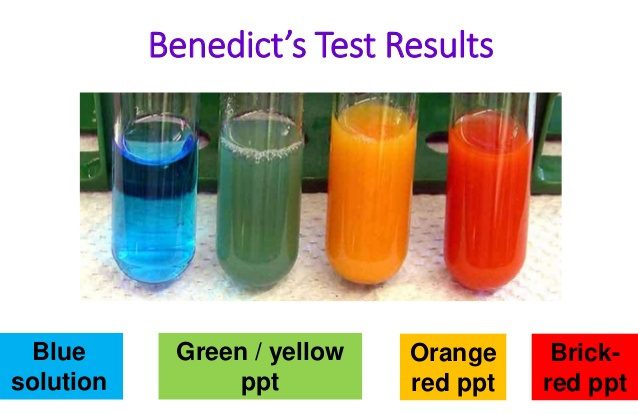
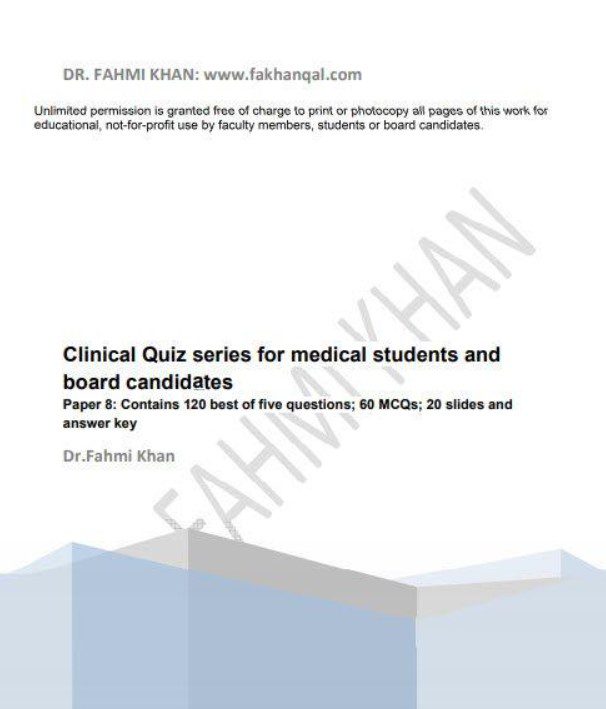
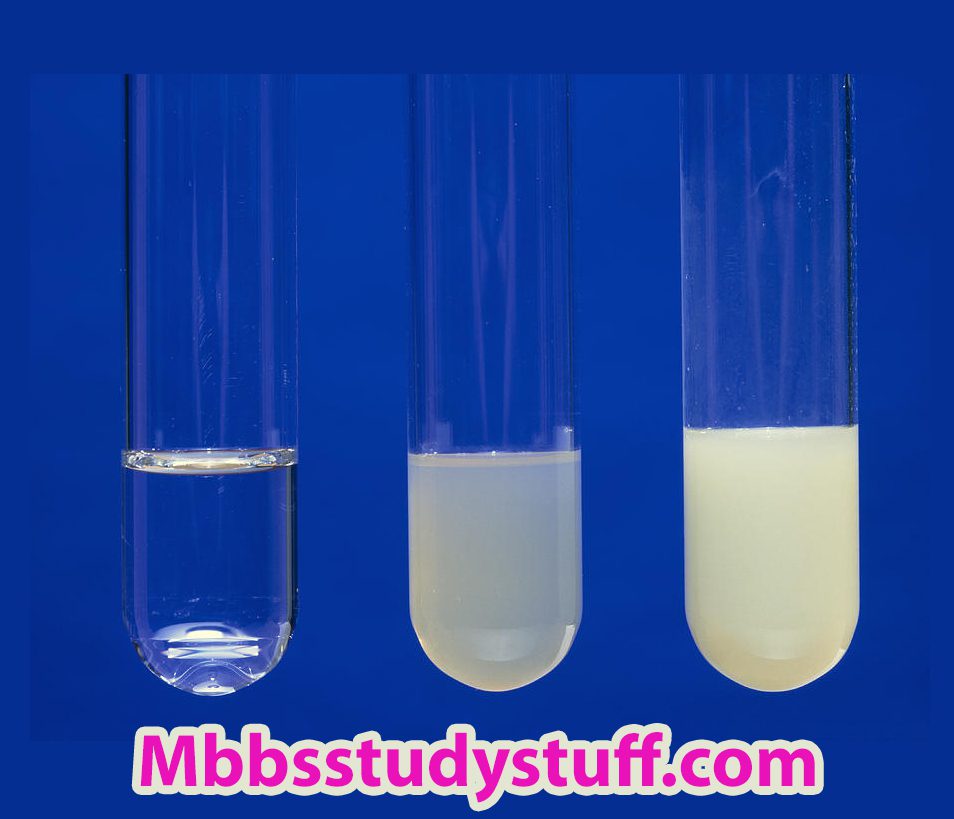
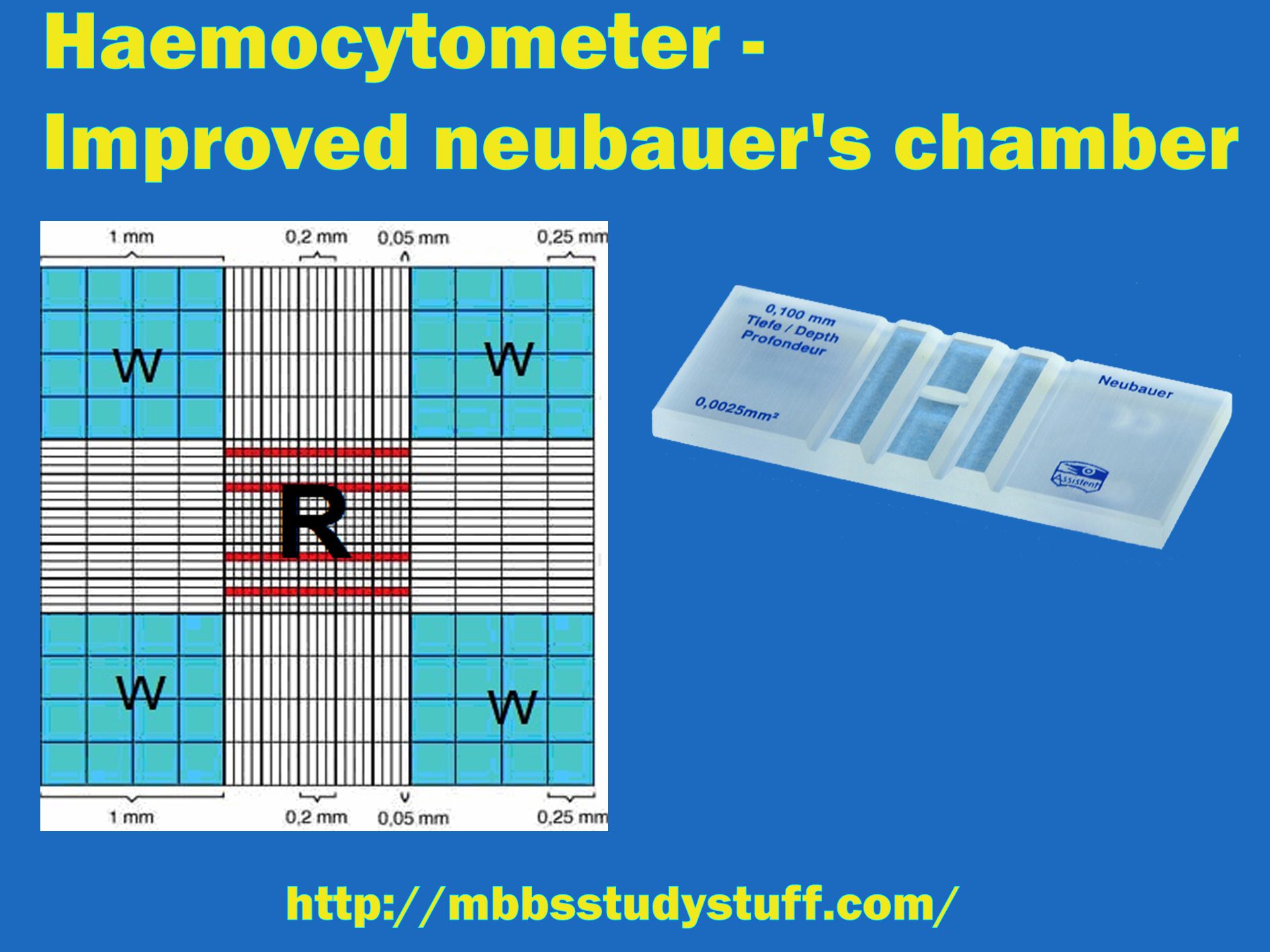


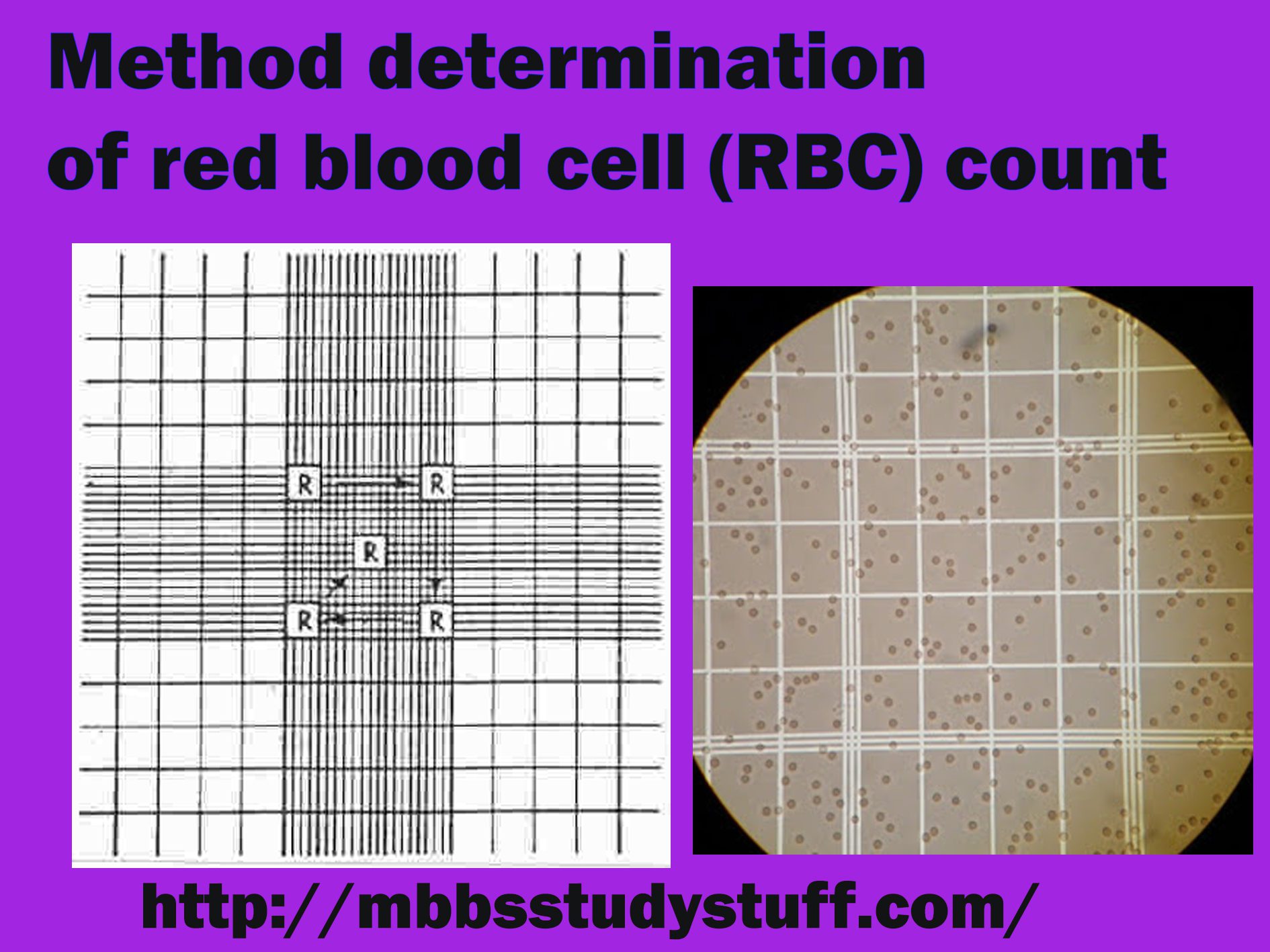
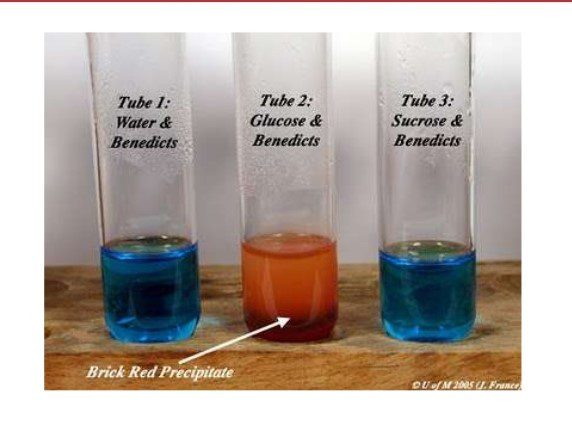
Leave a Reply